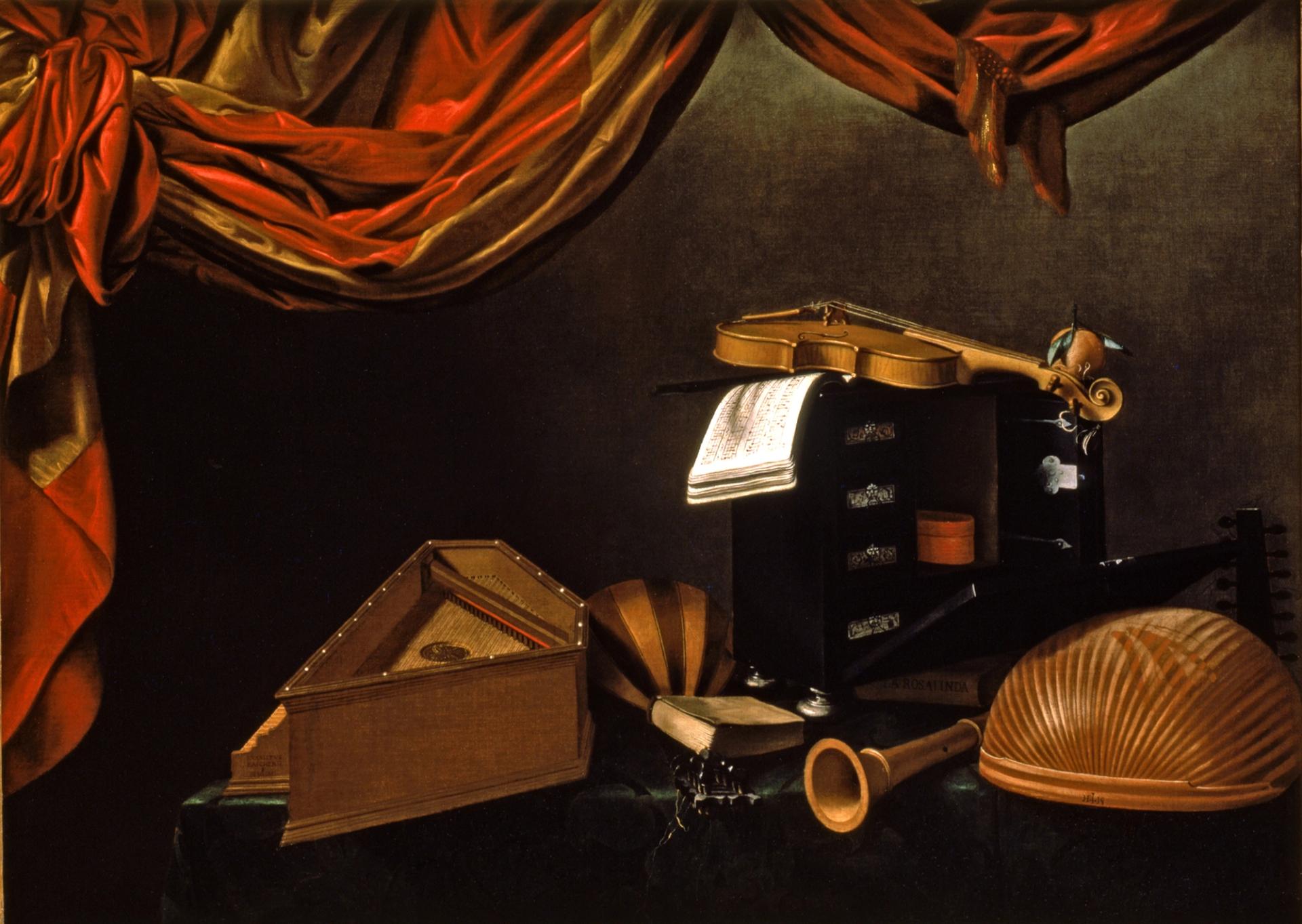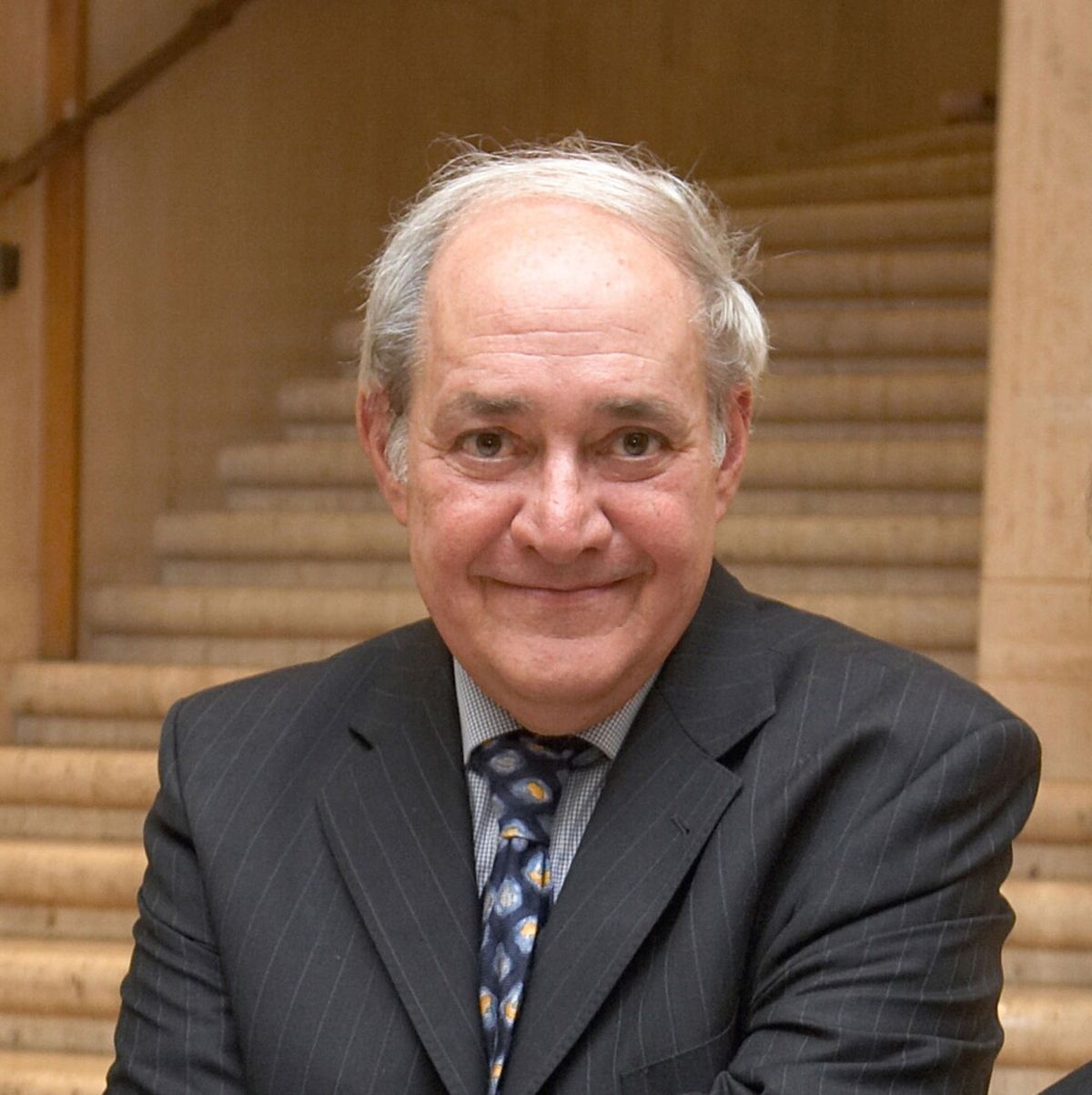In the week before Richard Verdi died, an advance copy of his latest publication—Velázquez (Thames & Hudson, 2023)—was delivered to his bedside. In life he was incapable of rest. Since his retirement as the Director of the Barber Institute of Fine Arts, University of Birmingham, in 2007, he had also written books on Rembrandt and Poussin, and had revised an earlier volume on Cézanne. An incomplete manuscript on his beloved Rubens remains on his desk.
The publications of the last ten years reflect his teaching of the previous forty. Since joining the History of Art Department at the University of Manchester in 1968, through his 17 years at the University of York to a further 17 in Birmingham, Verdi had been holding students in his thrall. It was not without trepidation that you signed up to one of his courses. He had a reputation for being demanding, which I realise now he absolutely fostered. It was his way of sifting out whom he deemed the serious students—essentially those who wanted to study the old masters. He was unapologetic in proclaiming himself “a dinosaur”—in his expectations of students and in what he taught. Even if it were impossible to match his fervour, you had to try. Heaven help you if you turned up to a seminar unprepared. Verdi would have no compunction in calling everyone back in the following day for another two-hour session.
At the Barber Institute, where he initiated a series of public lectures, the lecture theatre would hum with the crowds piling in to hear him speak. Gasps, sighs, laughter, the audience hung on every word of this gifted orator
His teaching was rigorous, direct and notably impassioned. Despite years of familiarity with the works he would still be visibly moved by the subject matter—brought to tears by Rubens’s Garden of Love or cackling with laughter at an Adriaen Brouwer peasant scene. There was no place in his classes or his life for mild enthusiasm, only ardent admiration or disgust. Students were not the only beneficiaries of Verdi’s inspirational teaching or witnesses to his character. At the Barber Institute, where he initiated a series of public lectures, the lecture theatre would hum with the crowds piling in to hear him speak. Gasps, sighs, laughter, the audience hung on every word of this gifted orator. In a similar vein, staff at the institute would fall silent as Verdi strode quickly down the corridors or galleries, slightly leaning forward, arms straight by his sides, hands quivering in anticipation. To the last second we would be unsure if his reaction to the thing presented—a new hang, a poster for marketing or piece of writing—would be ecstasy or revulsion.
Passionate nature
Richard Verdi put his passionate nature down to his Italian ancestry. He was born in New York in 1941 to Italian-American parents but was later naturalised as a British citizen. His past seems to have been both a source of pride and discomfort. He referred often to his Sicilian roots but had an ambivalent relationship with the United States. Life as a gay man in post-war America had been difficult for him. Though more comfortable in Britain, he confided that he often felt an outsider. While his students, staff and public adored him, and his reputation for publications and exhibitions grew, he never felt entirely at ease among the art establishment nor did he court their attention.
It is all the more remarkable therefore that he curated so many exhibitions nationally and internationally. A number of these featured his favourite artist—Nicolas Poussin (the subject of his 1970 dissertation at the Courtauld Institute in London, supervised by Anthony Blunt). These included Cézanne and Poussin: The Classical Vision of Landscape (National Gallery of Scotland, 1990), for which he won a National Art Collections Fund Award for an Outstanding Contribution to the Visual Arts, Nicolas Poussin: "Tancred and Erminia" (BirminghamMuseum and Art Gallery, 1992), and the landmark Nicolas Poussin (Royal Academy, 1995). Indeed, he became so well-known in the museum world, and got to know the public collections of the UK in such depth, that in 1998, again for the Royal Academy, he co-curated Art Treasures of England: The Regional Collections alongside Giles Waterfield.
A perfectly formed sequence of exhibitions at the Barber Institute followed in which a single work from the collection became the focal point around which a thesis would be built. Notable among these shows was Matthias Stom: “Isaac blessing Jacob" (2000), featuring a painting which he had acquired for the collection in 1994, and Van Dyck: "Ecce Homo’" and "The Mocking of Christ" (2002), which toured to Princeton University Art Museum and the National Gallery of Ireland. In 2003, as his partner of thirty-five years, John Brooks, fell terminally ill with cancer, Verdi was again on the London stage as curator of the gargantuan exhibition, Saved!: 100 Years of the National Art Collections Fund, at the Hayward Gallery.
The loss of John in 2004 was deeply felt. He had been the perfect counterpoint. They had met at a Hugo Wolf concert in 1968 and shared a profound love of music and literature (and parrots). Bach, Mahler, Beethoven, Schumann, were held in particularly high esteem as indeed were German writers and artists. It is thanks to Verdi that the Barber Institute now boasts a notable collection of German Expressionist prints and drawings, acquired at a time when such works had yet to become fashionable (or even palatable) in the UK.

Evaristo Baschenis (1617-77), Still Life with Musical Instruments, around 1660. Verdi was immensely proud of acquiring this remarkable work for the Barber Institute © The Henry Barber Trust, The Barber Institute of Fine Arts, University of Birmingham
Verdi had an extraordinary eye for quality and a confidence which enabled him to acquire works by lesser-known artists such as J.C. Dahl, Orazio Marinali, and Stom, often ahead of the national collections. One such purchase was Evaristo Baschenis’s incredible Still Life with Musical Instruments of about 1660, of which he was immensely proud. While Verdi’s acquisitions also included a Rubens portrait, the artist who most firmly glued us together, for me this painting more than any other represents him. Verdi had studied music for his first degree, becoming an accomplished clarinettist so the painting combines two of his great loves. Its rich, dark colours, sumptuous curtain and array of instruments— slightly torn and dusty and precariously balanced—together produce a virtuosic creative tension. This still life not only reminds us of the transience of worldly possessions and accomplishments but, brooding, baroque and clever in delivering its message, it is Richard Verdi to a T.
Richard Frank Verdi; born New York City 7 November 1941; lecturer in art history, University of Manchester 1969-71; lecturer in art history, University of York 1971-81, senior lecturer 1981-89; professor of fine arts, University of Birmingham 1989-2007, director, Barber Institute of Fine Arts, 1990-2007; OBE 2007; died Birmingham 25 December 2022.
- Hannah Higham is Senior Curator of Collections & Research at the Henry Moore Foundation and was a student and colleague of Richard Verdi's at the Barber Institute of Fine Arts.


